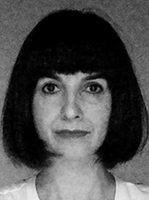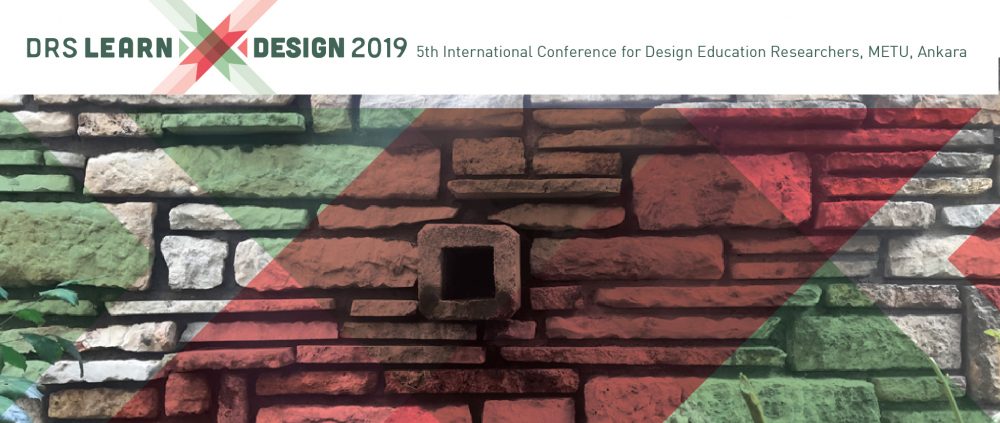Track 04. RETHINKING DESIGN BASICS AS TRANSLATION
Co-chairs



Giovanni Baule, Full Professor, Department of Design, Politecnico di Milano, Italy.
Elena Caratti, Associate Professor, Department of Design, Politecnico di Milano, Italy.
Michael Renner, Professor, The Basel School of Design, FHNW Academy of Art and Design, Switzerland.
Starting from the historical tradition of Bauhaus, basic design can be considered as the core of design education. Basic design exercises have migrated through a variety of cultural traditions (German, Italian, Swiss, American, etc.). In these specific cultural contexts, historical models to teach design basics through a strong interaction between practical, theoretical and methodological issues in relationship with aesthetics, technology and society have been developed. We may ask if these models are still valid or whether they need to be revisited. What could be new in basic design? How can we describe new basics for the field of communication design? We suggest that communication design is facing today many levels of complexity and it demands new sensibilities and extended competencies that support ‘translation processes’ among cultures, codes and patterns, senses, multiple languages and media. The translation paradigm, interpreted as a process of mediation, transfer and re‐transcription between different systems, can represent a new reference scheme for rethinking design basics. The same field of Translation Studies seems today to open up to possible interdisciplinary intersections that go beyond the simple textual translation and offer thematic connections of great interest. In parallel to the categories of linguistic translation we can describe the following aspects of a translation for basic design:
- Intralinguistic translation (theinterpretation of signs by means of other signs of the same language);
- Intersemiotic translation(the process of transposition/transmutation between different semiotic systems, for example from verbal to visual, and from visual to sound);
- Cross-media/trans-media translation(the interactions between different media and their narrative potentialities);
- Interlinguistic translation (the mediation by design in the process of communication between different cultures, for instance through extra-textual translations).
This grid of the design process seen as translation, can be an open matrix for a new experimental pedagogy with the goals to improve the comprehension and accessibility of the content, characterize the most appropriate form of expression for a new medium, facilitate the quality of communication in a multilingual, intercultural context, promote self-reflection, and reinforce cross-disciplinarity. This track would like to explore, but is not limited to, the following topics:
- The modernist tradition
- The new basics
- Structural approaches to design
- Translation processes in design
- Experimental pedagogy
- Intersemiotic translation
- Intermedial translation
- Synaesthetic translation
Bibliography
Anceschi, G. (2010). Design di base: fondamenta del design. Il Verri “newbasic”, Giugno n. 43, pp. 40-50.
Baule, G. and Caratti, E. (Eds.). (2017). Design is Translation. The Translation Paradigm for the Culture of Design. “Designand Translation”: A Manifesto. Milano: Franco Angeli.
Botta, M. (Ed.). (2009). Multiple Ways to Design Research. Research Cases that Reshape the Design Discipline. Lugano: SwissDesignNetwork, Et al. Edizioni.
Bucchetti, V. (Ed.). (2018). Culture Visive. Contributi per il Design Della Comunicazione. Milano: Franco Angeli.
Eco, U. (2008). Experiences in Translation. Toronto: University of Toronto Press.
Klein, S. (2018). Hermann Eidenbenz. Teaching Graphic Design. Documents 1926–1955. Zürich, St. Gallen: Triest Verlag.
Lupton, E. and Cole Phillips, J. (2008). Graphic Design: The New Basics. New York: Princeton Architectural Press.
Osimo, B. (2015). Manuale del traduttore. Guida pratica con Glossario, Milano: Hoepli.
Renner, M. (2016). Basic Design in Education, Practice, and Research. In Proceedings of Korea Society of Basic Design and Art KSBDA, Fall Conference 2016 (pp. 2-6). Seoul, 26 November 2016, Chungbuk National University Press.
Schmid, H. and Schmid, N. (2017). Ruder Typography Ruder Philosophy. Zürich: Lars Müller Publishers.
Vetter, P., Leuenberger, K. and Eckstein, M. (2017). No Style. Ernst Keller (1891–1968): Teacher and Pioneer of the Swiss Style. Zürich, St. Gallen: Triest Verlag.
